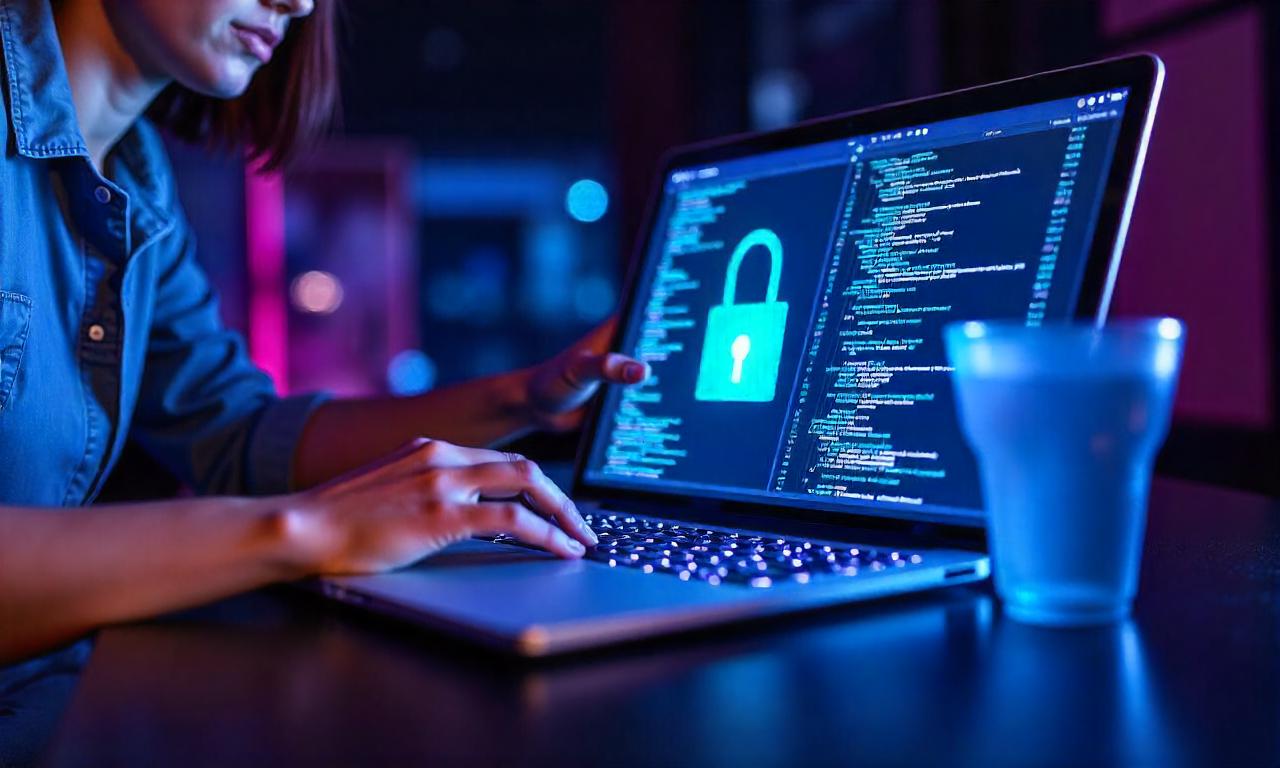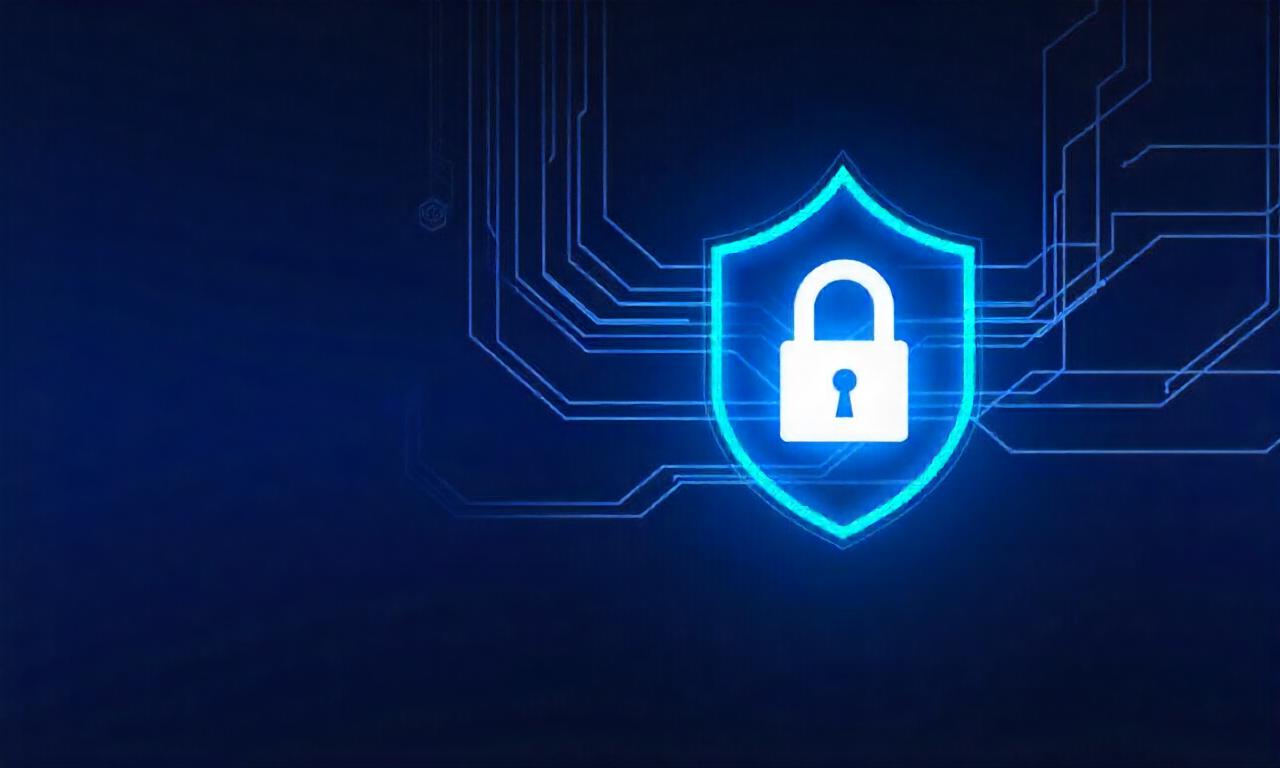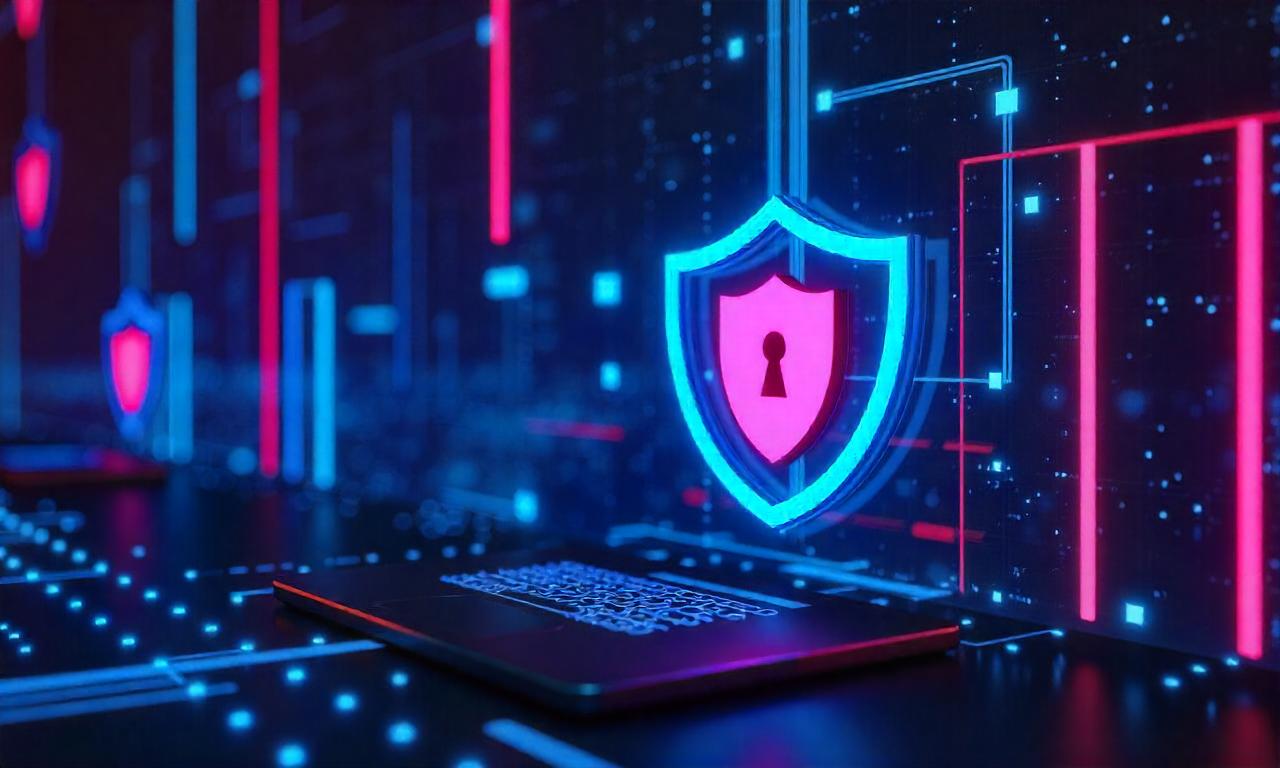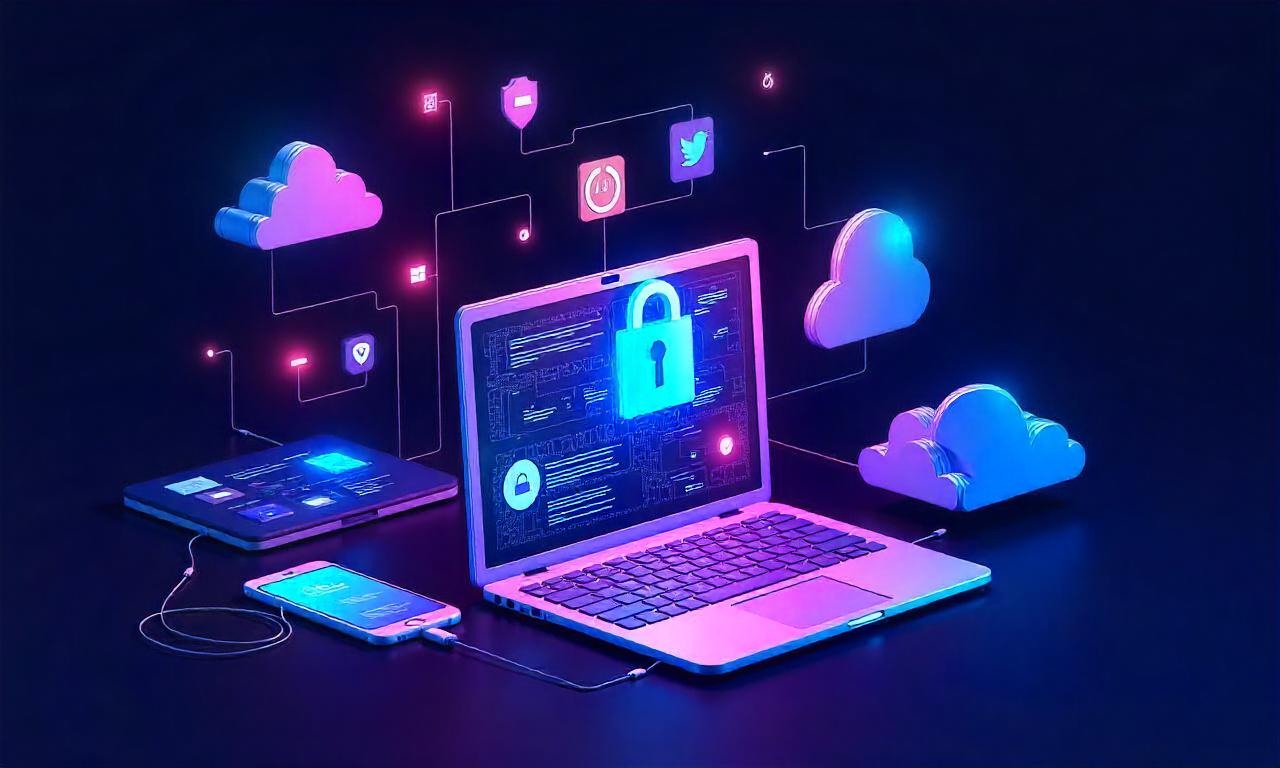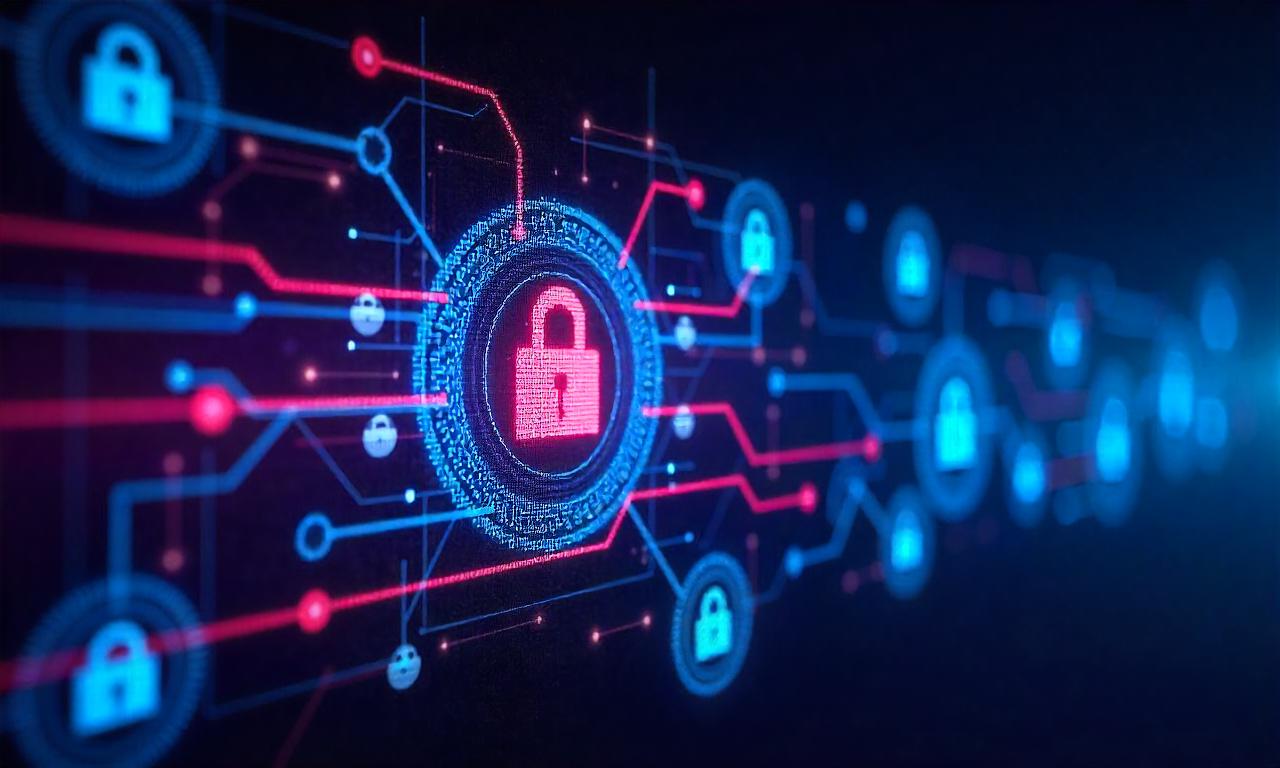In an age where our lives are inextricably linked to the digital world, an invisible war is waged every second of every day. Data, from personal photos to national secrets, is a valuable commodity, and malicious actors are constantly seeking to exploit it. In this high-stakes environment, a new kind of frontline soldier has emerged: the cybersecurity analyst. They are the vigilant guardians of our digital infrastructure, the detectives of the virtual realm, and the firefighters of data breaches. But beyond the Hollywood stereotypes of a hacker in a dark room, what does a cybersecurity analyst do on a daily basis? They are the architects and defenders of digital fortresses, engaging in a continuous cycle of monitoring, detection, analysis, and response to protect an organization's most critical assets.
The role of a cybersecurity analyst is anything but monotonous. It's a dynamic and intellectually stimulating career that blends deep technical knowledge with sharp analytical thinking. An analyst's day is a structured yet unpredictable mix of routine checks and emergency responses. They operate within a framework known as the cybersecurity lifecycle, which includes identifying threats, protecting systems, detecting intrusions, responding to incidents, and recovering operations. Their ultimate goal is to minimize an organization's risk exposure and ensure business continuity in the face of ever-evolving cyber threats.
This journey into their daily life will explore the multifaceted responsibilities that define this critical profession. We'll delve into the morning rituals of threat assessment, the core detective work of incident analysis, the high-pressure world of incident response, and the forward-thinking strategies of proactive defense. Understanding these components reveals a profession that is less about a single task and more about wearing multiple hats—investigator, engineer, strategist, and even educator—all in the service of digital safety and security.
Table of Contents
ToggleThe Morning Briefing: Setting the Digital Stage
An analyst's day rarely starts quietly. It begins with a comprehensive review of the digital landscape, much like a watch commander receiving a report from the night shift. The first order of business is to get a pulse on the global and organizational threat environment. This involves sifting through a massive amount of data generated overnight to identify any potential signs of trouble that require immediate attention. It’s a crucial anachronistic process of looking back at the past few hours to secure the immediate future.
The primary goal of this morning ritual is prioritization. Not all alerts are created equal; a high-volume of failed login attempts on a non-critical server might be less urgent than a single, suspicious outbound connection from a database containing sensitive customer information. The analyst must use their expertise to distinguish real threats from false positives, a skill honed through experience and a deep understanding of the network's normal behavior, or "baseline." This initial assessment sets the tone and priorities for the entire day.
Sub-tasks in this phase often include:
- Checking dashboards on the SIEM (Security Information and Event Management) system.
- Reading threat intelligence reports from government agencies (like CISA) and private firms.
- Reviewing automated scan results for new vulnerabilities.
- Communicating with team members in different time zones about any overnight incidents.
The Core Mission: Threat Detection and Analysis
Once the initial triage is complete, the analyst moves into the heart of their role: deep-dive investigation. This is where they put on their detective hat. An anomalous log entry or a security alert isn't a conclusion; it's a clue. The analyst's job is to follow that clue, gather evidence, and piece together the story of what is happening (or what has happened) on the network. This process is methodical and requires a keen eye for detail.
This analytical phase is heavily reliant on a variety of security tools. The analyst might use a SIEM platform like Splunk or QRadar to correlate events from different sources (firewalls, servers, endpoints). They may perform packet capture analysis with tools like Wireshark to inspect the actual data flowing across the network, looking for malicious payloads or unauthorized communication channels. The goal is to answer critical questions: What is the nature of this activity? What is its source? What is its target? And most importantly, what is the potential impact?
Investigating Potential Security Incidents
When an alert is flagged as a high-priority potential incident, a formal investigation begins. Let's imagine an alert for "Potential Malware Beaconing" on an employee's workstation. The analyst will start by isolating the machine from the network to prevent any potential spread—a process called containment. This is a critical first step in damage control.
Next, the analyst will perform digital forensics on the quarantined machine. This involves creating an image of the hard drive and memory for analysis in a safe, isolated environment (a "sandbox"). They will look for suspicious files, unauthorized registry changes, and hidden processes. The goal is to identify the specific strain of malware, understand its capabilities (e.g., is it a keylogger, ransomware, or a Remote Access Trojan?), and determine how it was introduced—was it via a phishing email, a malicious download, or an exploited software vulnerability? This detailed analysis is crucial for both eradication and future prevention.
Vulnerability Assessment and Management
A significant part of an analyst's job is proactive, not just reactive. Preventing a fire is always better than fighting one. This is the domain of vulnerability management. Cybersecurity analysts regularly use specialized scanners like Nessus or Qualys to probe the organization's networks, servers, and applications for known weaknesses. These weaknesses, or vulnerabilities, are flaws in code or configuration that a malicious actor could exploit.
The result of a scan is often a long report listing hundreds or even thousands of potential vulnerabilities, ranked by severity. The analyst's job is to analyze this report, filter out false positives, and prioritize the real vulnerabilities based on risk. A critical vulnerability on a public-facing, mission-critical server takes precedence over a low-risk vulnerability on an isolated, internal test machine. The analyst then works with system administrators and development teams to ensure these vulnerabilities are patched (fixed) in a timely manner, effectively closing the doors before an attacker can even try to open them.
The Frontline Response: Incident Containment and Eradication
When analysis confirms a genuine security breach—an "incident"—the cybersecurity analyst shifts into a high-pressure, rapid-response mode. The focus moves from "what happened?" to "what do we do right now?" Every second counts, as an active attacker could be stealing data, deleting files, or moving deeper into the network. This phase is guided by a pre-approved Incident Response (IR) Plan, which outlines the specific steps to take for different types of incidents.
The immediate goal is containment. This could mean disconnecting a server from the internet, disabling a compromised user account, or blocking a malicious IP address at the firewall. Once the threat is isolated and can no longer cause further harm, the eradication phase begins. This involves carefully removing all traces of the malicious actor from the affected systems. This is more complex than simply deleting a virus; it includes removing malware, closing backdoors, and ensuring no persistence mechanisms have been left behind.
Executing the Incident Response Plan
Following the IR plan is not just about a checklist; it's about coordinated, decisive action. The analyst becomes a central communication hub, coordinating with the IT infrastructure team to isolate systems, the legal department to address potential data disclosure requirements, and management to provide status updates. They are the technical expert in the room, providing clear, actionable guidance under pressure.
During this phase, meticulous documentation is paramount. Every action taken, every command run, and every decision made is logged with a timestamp. This documentation serves multiple purposes. It creates a forensic trail for post-incident analysis and potential legal action. It provides a detailed record for regulatory compliance audits (e.g., GDPR, HIPAA). Most importantly, it forms the basis for the lessons learned report, ensuring the organization can improve its defenses to prevent a recurrence.
Recovery and Post-Incident Analysis
After the threat is fully eradicated, the recovery phase begins. The analyst assists in safely restoring the affected systems to normal operation. This might involve restoring data from clean backups or rebuilding systems from a trusted "golden image." The system is then monitored intensely to ensure it remains stable and secure.
The job isn't over once the system is back online. The analyst leads the post-incident analysis, also known as a "post-mortem." This involves a deep dive into the entire incident lifecycle. Key questions are asked: How did the attacker get in? Why weren't our defenses able to stop it? What did we do well during the response? What could we have done better? The answers to these questions are turned into actionable improvements, such as new security rules, updated software, or enhanced employee training.
Building the Fortress: Proactive Defense and Improvement
While incident response is the most visible part of a cybersecurity analyst's job, a great deal of their time is spent on activities designed to prevent incidents from ever happening. This proactive stance is what separates a mature security program from a purely reactive one. It involves continuously hardening the organization's security posture, refining processes, and educating the workforce to create a resilient, defense-in-depth environment.
This work requires a strategic mindset. The analyst thinks like an attacker, trying to find weaknesses in the system before the real adversaries do. They stay on top of the latest attack techniques and methodologies, ensuring their defenses evolve in lockstep with the threats. This forward-looking aspect of the role is critical for long-term security and business resilience. It's the difference between constantly patching holes in a sinking ship and building a stronger, more seaworthy vessel.
Security Policy and Procedure Refinement
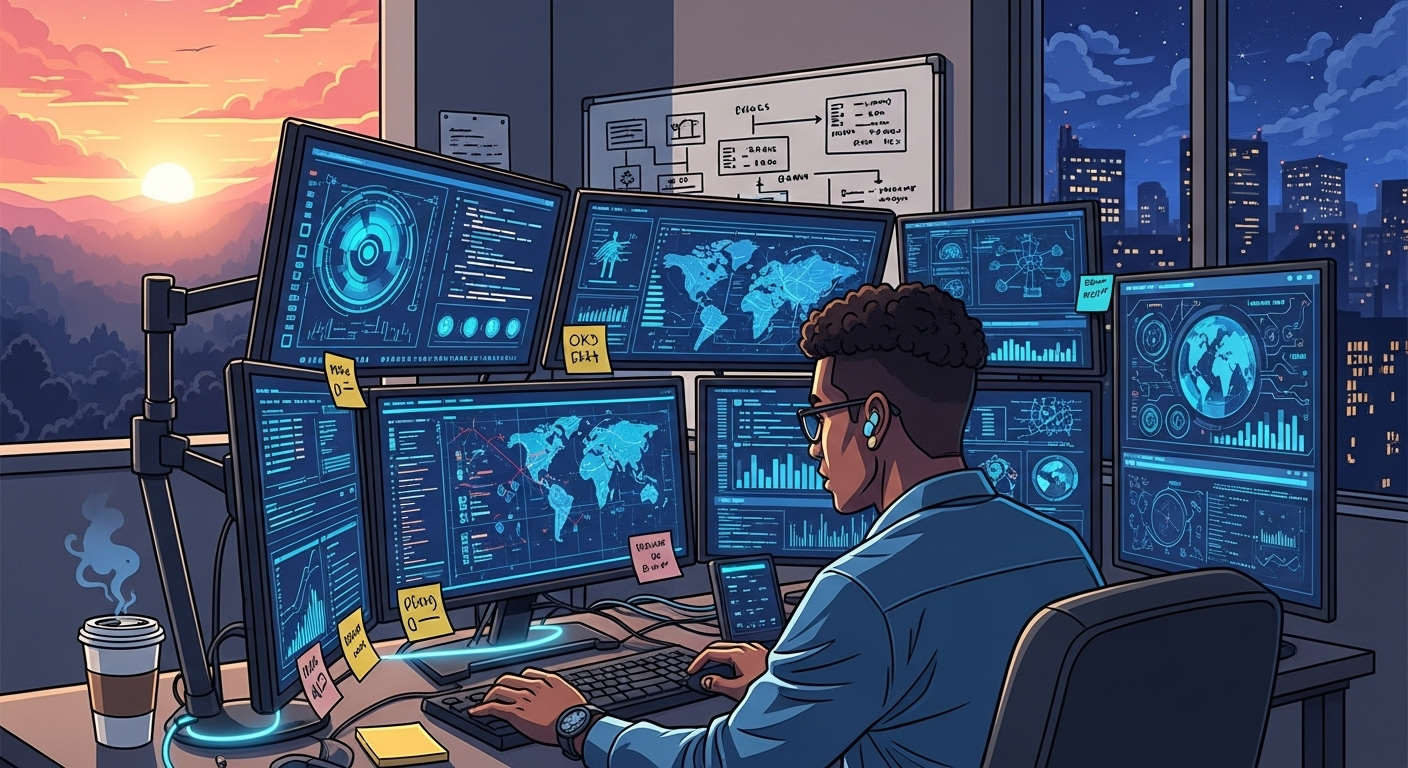
Lessons learned from incidents and near-misses are invaluable. A key responsibility for an analyst is to translate these lessons into tangible improvements in security policies and procedures. For example, if a phishing attack was successful because an employee had excessive administrative privileges, the analyst might champion a review of the Principle of Least Privilege, ensuring that users only have the access they absolutely need to perform their jobs.
This also involves fine-tuning the security tools themselves. An analyst might write a new detection rule for their SIEM to automatically flag a new type of attack technique they read about in a threat intelligence report. They might adjust firewall policies to be more restrictive or configure an Endpoint Detection and Response (EDR) tool to block suspicious script execution. This constant cycle of assessment, refinement, and implementation is what keeps the organization's defenses sharp and effective.
User Awareness and Training
Analysts understand that technology alone is not enough to stop all attacks. The weakest link in the security chain is often the human element. Therefore, a crucial proactive task is to help build a strong "human firewall." This involves developing and participating in security awareness training programs for all employees.
These programs go beyond just a yearly slideshow. An analyst might help craft simulated phishing campaigns to test employees' ability to spot malicious emails in a safe, controlled manner. The results of these tests provide valuable metrics on the organization's susceptibility and highlight areas where more training is needed. By educating users on topics like password hygiene, social engineering tactics, and safe browsing habits, the analyst turns every employee into an extension of the security team.
Essential Skills and Tools of the Trade
To succeed in this demanding role, a cybersecurity analyst must possess a unique blend of technical "hard skills" and crucial "soft skills." The technology landscape is vast and constantly changing, so a commitment to lifelong learning is non-negotiable. However, technical prowess alone is insufficient; the ability to think critically, communicate clearly, and remain calm under pressure is what truly distinguishes an exceptional analyst.
This combination of skills allows the analyst to not only understand the complex technical details of an attack but also to translate that information into a coherent business risk that executives can understand. They act as a bridge between the deep, technical world of IT and the strategic world of business leadership. This dual fluency is one of the most valuable assets an analyst brings to an organization.
| Skill Type | Examples and Importance |
|---|---|
| Hard Skills (Technical) | Network Security: Deep understanding of TCP/IP, firewalls, and IDS/IPS. <br> Operating Systems: Proficiency in Windows, Linux, and macOS environments. <br> Security Tools: Hands-on experience with SIEM, EDR, vulnerability scanners. <br> Scripting: Knowledge of Python, PowerShell, or Bash for automating tasks. <br> Cloud Security: Familiarity with AWS, Azure, or GCP security principles. |
| Soft Skills (Interpersonal) | Analytical Thinking: The ability to see patterns in complex data and think like an attacker. <br> Problem-Solving: Methodically diagnosing and resolving complex security issues. <br> Communication: Clearly explaining technical risks to non-technical audiences. <br> Composure Under Pressure: The ability to make sound decisions during a high-stress incident. <br> Attention to Detail: Meticulously documenting evidence and actions without errors. |
The Technical Toolkit: Mastering the Arsenal
A cybersecurity analyst's toolkit is extensive. At the core is the SIEM (Security Information and Event Management) platform, which acts as the central nervous system for security monitoring. Complementing this are EDR (Endpoint Detection and Response) tools, which provide deep visibility and control over individual workstations and servers.
Other essential tools include network traffic analyzers (Wireshark), vulnerability scanners (Nessus, OpenVAS), and digital forensics suites (Autopsy, EnCase). Increasingly, knowledge of cloud-native security tools provided by platforms like AWS (GuardDuty, Security Hub) and Azure (Microsoft Sentinel) is becoming essential as organizations shift their infrastructure to the cloud. Mastery of these tools allows an analyst to efficiently and effectively monitor, detect, and respond to threats across a diverse and complex IT environment.
The Unspoken Requirement: Critical Soft Skills
While the technical toolkit is crucial, it's the analyst's soft skills that often determine the success of a security program. Analytical and critical thinking are paramount. An analyst must be able to look at a mountain of data and identify the one tiny anomaly that signals a sophisticated attack. They must possess an innate curiosity that drives them to ask "why?" and dig deeper until they find the root cause.
Furthermore, communication is a superpower. An analyst must be able to write a detailed, technically accurate report for their peers, and then turn around and present a high-level summary to a board of directors, using analogies and business-centric language to convey risk. During an incident, their ability to remain calm and composed while providing clear, authoritative direction can be the difference between a controlled event and a full-blown crisis.
—
Frequently Asked Questions (FAQ)
Q: What is the main difference between a cybersecurity analyst and an ethical hacker?
A: A cybersecurity analyst is primarily a defender. Their job is to monitor, detect, and respond to threats to protect an organization's systems (the "Blue Team"). An ethical hacker, or penetration tester, is an offensive security professional ("Red Team"). They are hired to legally and ethically simulate attacks on an organization's systems to find vulnerabilities before malicious hackers do. In short, an analyst builds and defends the fortress, while an ethical hacker tests its walls.
Q: Do I need a computer science degree to become a cybersecurity analyst?
A: While a degree in computer science, IT, or cybersecurity is very helpful and often preferred by employers, it is not an absolute requirement. Many successful analysts come from diverse backgrounds and have proven their skills through industry certifications (like CompTIA Security+, CySA+, or GIAC GCIH), hands-on experience in related IT roles (like system administration or network engineering), and a demonstrated passion for security. Practical skills and verifiable knowledge often weigh more heavily than a specific degree.
Q: What is a typical career path for a cybersecurity analyst?
A: A common entry point is a Tier 1 SOC (Security Operations Center) Analyst, focusing on monitoring alerts. From there, one can advance to a Tier 2/3 Analyst, handling more complex incident response and forensics. Senior analysts often specialize in areas like threat intelligence, threat hunting, or cloud security. Further career progression can lead to roles like Security Architect, Security Manager, or Chief Information Security Officer (CISO), moving from hands-on technical work to strategic leadership.
Q: Is being a cybersecurity analyst a stressful job?
A: It can be. The role carries a significant amount of responsibility, and the high-pressure environment during a security incident can certainly be stressful. The need for constant vigilance and the knowledge that a mistake could have severe consequences add to the pressure. However, for those who thrive on problem-solving, enjoy a dynamic environment, and find satisfaction in protecting others, the stress is manageable and often viewed as a motivating challenge.
—
Conclusion
So, what does a cybersecurity analyst do? They wear many hats. They are the digital watchmen on the wall, the meticulous detectives sifting through evidence, the calm-headed firefighters in a crisis, and the forward-thinking architects building stronger defenses for tomorrow. Their day is a dynamic blend of routine monitoring and unpredictable emergencies, demanding both deep technical expertise and sharp, analytical soft skills.
The role of a cybersecurity analyst is not just a job; it is a critical function in the modern world. In an era defined by data, they are the trusted guardians of our digital-first society, working tirelessly behind the scenes to ensure that our information, our infrastructure, and our way of life remain safe and secure. It is a challenging, ever-evolving, and profoundly rewarding career for those who are ready to stand on the front lines of the digital age.
***
Summary of the Article
The article, "A Day in the Life: What a Cybersecurity Analyst Does," provides a comprehensive overview of the daily roles and responsibilities of a cybersecurity analyst. It portrays the analyst as a multifaceted professional who acts as a digital guardian, detective, and strategist. The day begins with a morning briefing, where the analyst reviews security alerts, logs, and threat intelligence feeds to prioritize potential threats. The core of their mission involves threat detection and analysis, where they use tools like SIEM and vulnerability scanners to investigate suspicious activities and manage system weaknesses proactively.
When a genuine incident is confirmed, the analyst shifts into a high-pressure incident response mode, focusing on containing the threat, eradicating it from the system, and recovering operations, all while meticulously documenting every step. Beyond reactive measures, a significant portion of their job is dedicated to proactive defense, which includes refining security policies, enhancing tools, and conducting user awareness training to build a "human firewall." The article emphasizes that success in this field requires a combination of technical hard skills (networking, OS knowledge, tool proficiency) and critical soft skills (analytical thinking, communication, composure). A detailed FAQ section addresses common questions about the career path, required education, and the inherent stress of the job, concluding that the role is a challenging but essential and rewarding career in our digital world.


